Small freshwater gobies have recently attracted the attention of more and more scientists and, as a result, new species are constantly being discovered and old, almost forgotten species rediscovered. The genus Mugilogobius currently comprises around 30 species. It is not possible to be more precise because individual species are placed in different genera by different scientists.
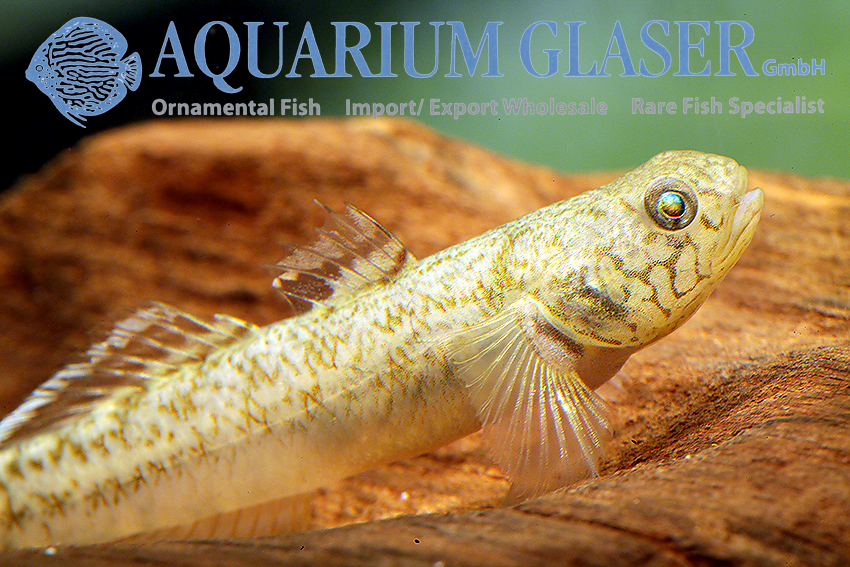
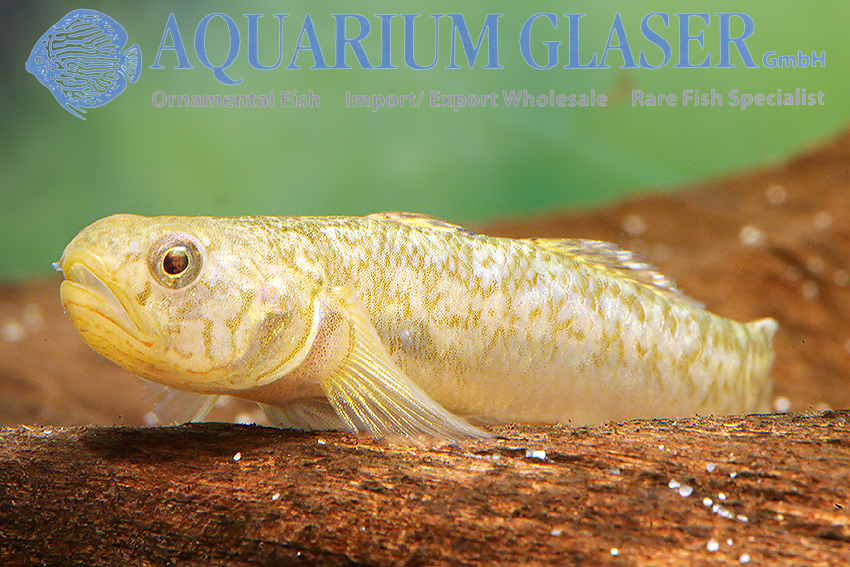
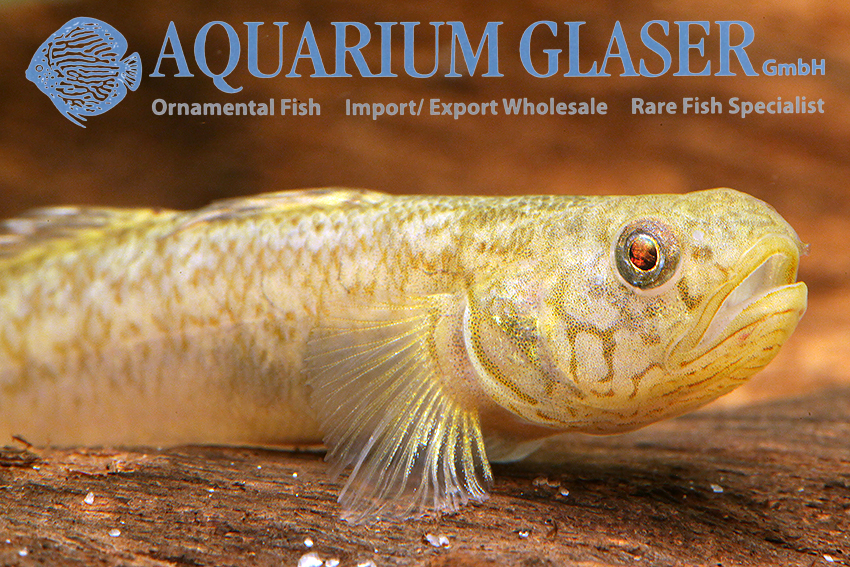
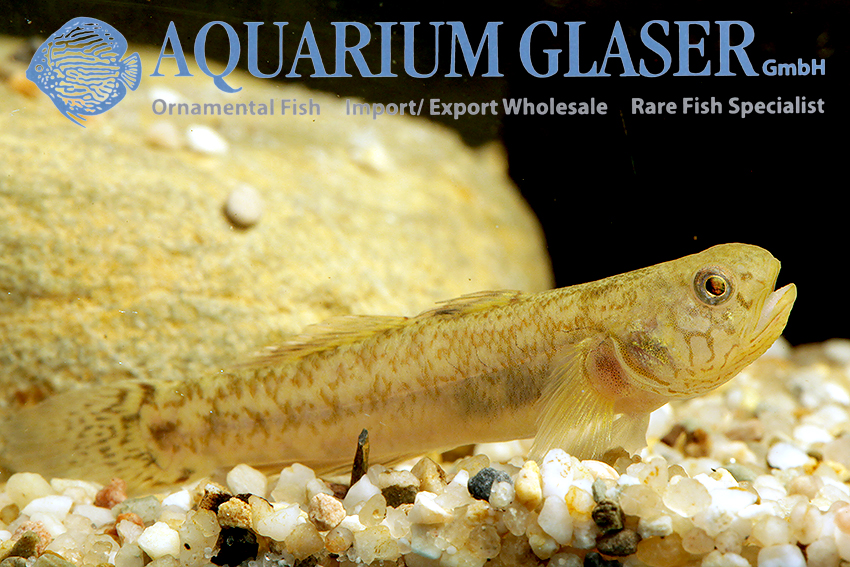
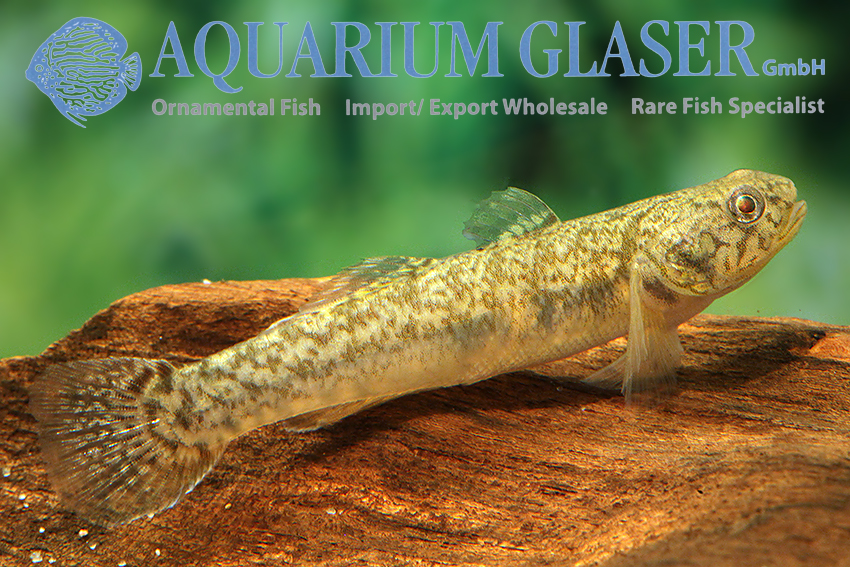
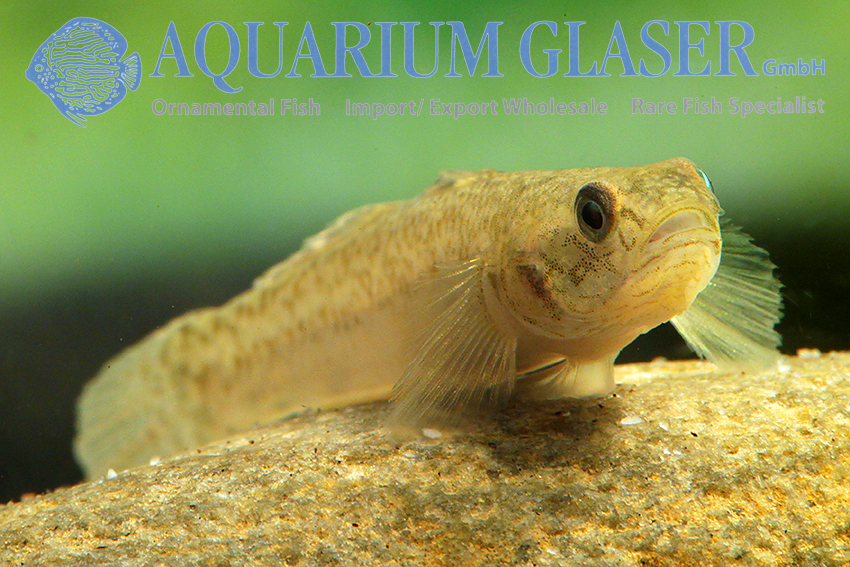
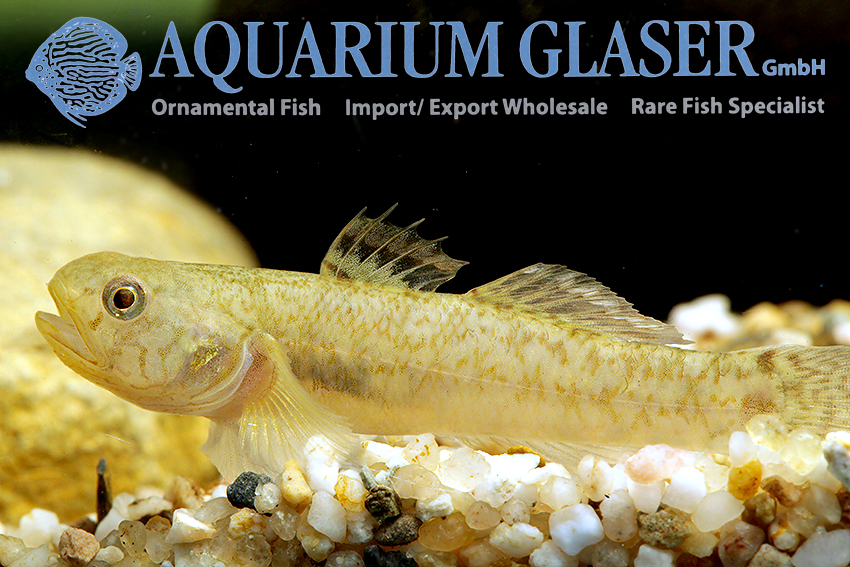
Mugilogobius myxodermus is a representative of this genus, which is known from the freshwater of southern China and Taiwan. The species is probably also found in brackish water, but this cannot be said with absolute certainty due to the frequent mix-ups. We cannot be 100% certain of the identification either, but the identification keys of Larson (2001) and Huang et al. (2016) strongly suggest that our animals actually belong to the species M. myxodermus.
Mugilogobius myxodermus grows to around 5 cm long, females are slightly smaller than males and have a less conspicuous head profile. They are peaceful, initially somewhat shy animals that prefer to eat frozen and live food. There is a scientific breeding report on the species (Chen & Guo, 2007); according to this, M. myxodermus breeds in pure freshwater at relatively low water temperatures (16-18°C). The egg count of the typical cave breeder with a father family is quite high at around 1,000 per spawning run, and the larvae are correspondingly small. Unfortunately, the authors do not describe which rearing food was used. The closely related brackish water species M. cavifrons was successfully reared in seawater with rotifers (Brachionus ibericus) as the first food and additionally with copepods (Apocyclops royi) from the 10th day of rearing. From the 35th day of rearing, a switch was made to artificial feed (eel starter). (Chiu et al., 2022). We are only describing this in such detail here because there is a persistent rumor in aquarium circles that it is not possible to rear gobies with small larvae under aquarium conditions. This is not true.
In the photographic aquarium, M. myxodermus were just as comfortable at temperatures around 20°C (room temperature) as they were at 28°C. They are therefore temperature-tolerant animals that can be cared for and housed in a similar way to white clouds (Tanichthys).
For our customers: the animals have code 436872 on our stocklist. Please note that we only supply the wholesale trade.
Text & photos: Frank Schäfer
Literature:
Chiu, P. S., Huang, C. H., Ho, S. W., & Yeh, S. L. (2023): Spawning, Embryonic and Larval Development of the Mangrove Goby Mugilogobius Cavifrons (Gobiidae) Reared in Captivity. Thalassas: An International Journal of Marine Sciences, 39(1): 425-434.
Huang, S.-P., I-S. Chen, M. M. N. Yung & K.-T. Shao (2016): The recognition and molecular phylogeny of Mugilogobius mertoni complex (Teleostei: Gobiidae), with description of a new cryptic species of M. flavomaculatus from Taiwan. Zoological Studies v. 55 (no. 39): 1-16.
Larson, H. K. (2001): A revision of the gobiid fish genus Mugilogobius (Teleostei: Gobioidei), and its systematic placement. Records of the Western Australian Museum Suppl. No. 62: i-iv + 1-233.




